With most area museums shuttered to the public due to the COVID-19 pandemic, a University of Maryland design professor and her students have organized a way for people to experience an exhibition addressing diversity, inclusion and ableism from home.
“Redefine/ABLE: Challenging Inaccessibility” is open now at the Virtual Peale, the Peale Center for Baltimore History and Architecture’s newly launched 3D virtual space, created in Second Life, an interactive online world.
Although “Redefine/ABLE” was originally intended to be installed in two different physical locations—the Carroll Mansion in Baltimore and the Herman Maril Gallery on the University of Maryland, College Park, campus—and include multiple sensory experiences, the virtual exhibition aims to mimic the feel of a true museum. It offers a visual and audio experience and is also screen reader friendly.
The exhibition’s content explores the realities and challenges of persons with disabilities and interrogates the idea of “normal” within historical, cultural and ethical contexts.
“It’s a very immersive way to be in a space,” Associate Professor of Design Audra Buck-Coleman said about the exhibition in Second Life. “There’s warmth and humanness and in many ways it's more accessible than a physical space as visitors can move around how they like. They can even fly.”
Students in Buck-Coleman’s graphic design cohort began researching disability in Fall 2019 with the goal to share unheard stories from the disability community and to use design to create a model of more inclusive, accessible spaces. They partnered with the Peale Center and three institutions in the United Kingdom—University of Brighton, the Royal Pavilion and Museums and the De La Warr Pavilion—to plan a participatory exhibition that would prompt visitors to reconsider ableist language and share their own stories about disability. The exhibition would involve the physical transformation of both museum settings for improved accessibility, such as through additional ramps and widened doorways.
But in mid-March, just two weeks before the exhibitions were supposed to open, COVID-19 caused the closure of both spaces. By June, it was clear they would remain closed through the summer.
As originally intended, the Peale launched a website dedicated to the exhibit and its content. Redefine/ABLE is also on Instagram, Facebook, Twitter and TikTok.
But the gallery announced that it would also extend into Second Life, allowing visitors to explore Redefine/ABLE from “inside” a virtual version of the 1814 museum building. Redefine/ABLE was the Virtual Peale’s first ever exhibit.
Redefine/ABLE Creative Director Maiu Romano-Verthelyi ’20, art, was one of two students who continued to work on the project over the summer—after she graduated—and helped transition it into the virtual world.
“Working on this project really opened my eyes to the power designers have to change people’s experience of the world,” said Romano-Verthelyi. “I wanted to stay on and see it through.”
She was disappointed to lose various components of the original exhibit design, from QR codes to a marble voting station to a mechanism to visualize color blindness. But, the virtual world also “brought a lot of accessibility to the table,” she said.
“You have people of all levels of tech understanding and a lot of anonymity in Second Life, so it’s a great place to simply go and explore.”
The project was supported by Maryland Humanities, the National Endowment for the Humanities, the Maryland Historic Trust in the Maryland Department of Planning, the Maryland Department of Labor, UMD Friedgen Family Design Fund, the Institute of Museum and Library Services, and the U.K. Research and Innovation’s Arts and Humanities Research Council.
Find details on how to visit the “Redefine/ABLE: Challenging Inaccessibility” exhibition on the Peale Center’s website.


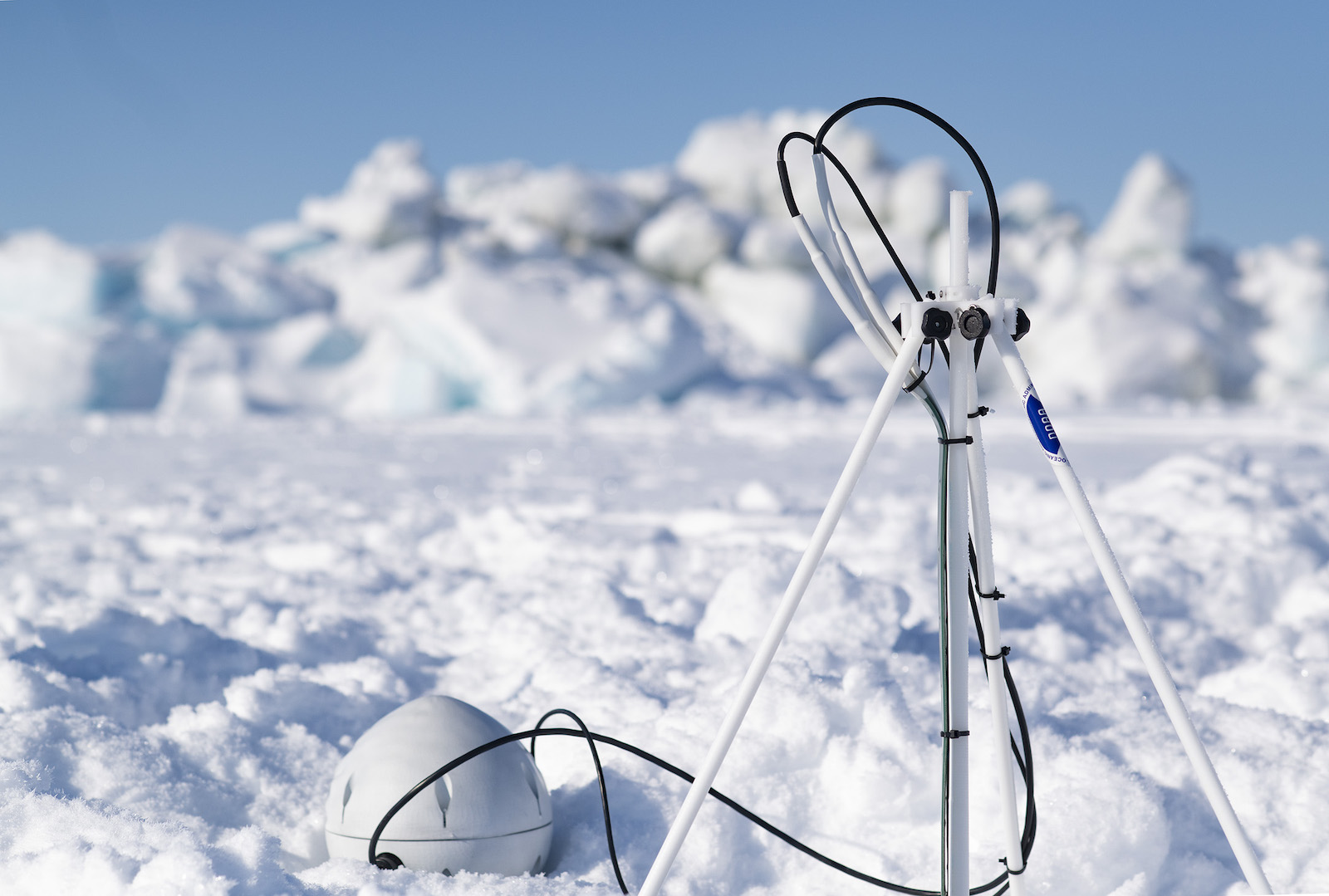
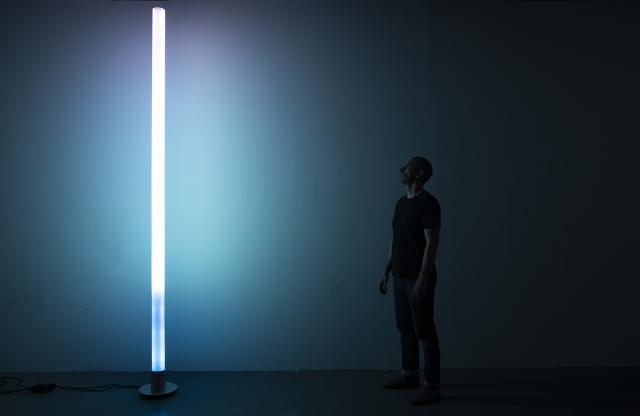
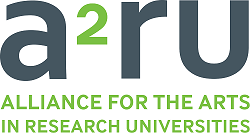
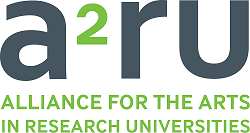


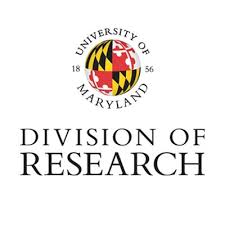

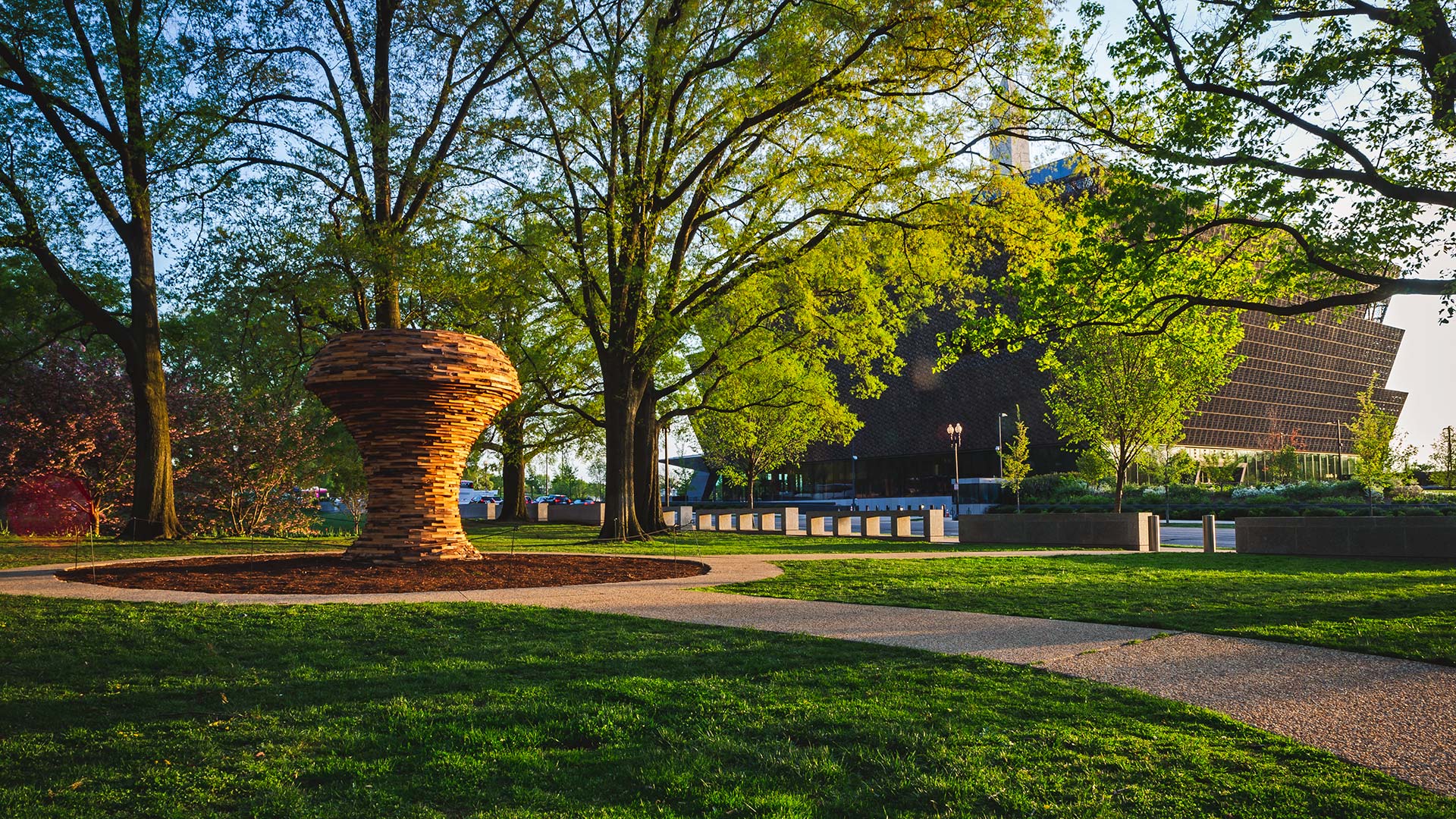
 Created by UMD art Professor Foon Sham, "Mushroom," with its varying colors and textures, isn’t just a distinctive photo op backdrop. It’s a prominent part of a new Smithsonian Gardens exhibition with installations at 14 sites across the Mall running from last month through December 2020. Sham has three pieces in the
Created by UMD art Professor Foon Sham, "Mushroom," with its varying colors and textures, isn’t just a distinctive photo op backdrop. It’s a prominent part of a new Smithsonian Gardens exhibition with installations at 14 sites across the Mall running from last month through December 2020. Sham has three pieces in the  The trees that became Sham’s mushroom—felled by lightning, age or disease—came from the grounds of the Smithsonian, and are a mix of birch, oak, elm, cypress and Katsura, native to Japan.
The trees that became Sham’s mushroom—felled by lightning, age or disease—came from the grounds of the Smithsonian, and are a mix of birch, oak, elm, cypress and Katsura, native to Japan. Sham began his artistic career nearly 40 years ago working with materials like steel, concrete and Plexiglass, but soon moved to wood, drawn to the material for the way in which each slab is unique. “Each individual piece has an individual identity,” he says, likening the differences between pieces of wood to the differences between people.
Sham began his artistic career nearly 40 years ago working with materials like steel, concrete and Plexiglass, but soon moved to wood, drawn to the material for the way in which each slab is unique. “Each individual piece has an individual identity,” he says, likening the differences between pieces of wood to the differences between people.



